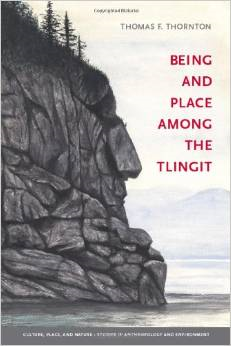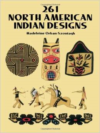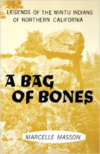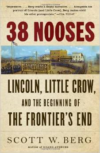Description
In Being and Place among the Tlingit| anthropologist Thomas F.
Thornton examines the concept of place in the language| social structure| economy| and ritual of southeast Alaska’s Tlingit Indians.
Place signifies not only a specific geographical location but also reveals the ways in which individuals and social groups define themselves.
The notion of place consists of three dimensions – space| time| and experience – which are culturally and environmentally structured.
Tlingit notions of place| being| and identity are formed.
As he observes| despite cultural and environmental changes over time| particularly in the post-contact era since the late eighteenth century| Tlingits continue to bind themselves and their culture to places and landscapes in distinctive ways.
He offers insight into how Tlingits in particular| and humans in general| conceptualize their relationship to the lands they inhabit| arguing for a study of place that considers all aspects of human interaction with landscape.
In Tlingit| it is difficult even to introduce oneself without referencing places in Lingit Aani (Tlingit Country).
names| and| most obviously| in k-waan names| which define regions of dwelling.
To say one is Sheet’ka K-waan defines one as a member of the Tlingit community that inhabits Sheet’ka (Sitka).
Being and Place among the Tlingit makes a substantive contribution to the literature on the Tlingit| the Northwest Coast cultural area| Native American and indigenous studies| and to the growing social scientific and humanistic literature on space| place| and landscape.






Reviews
There are no reviews yet.